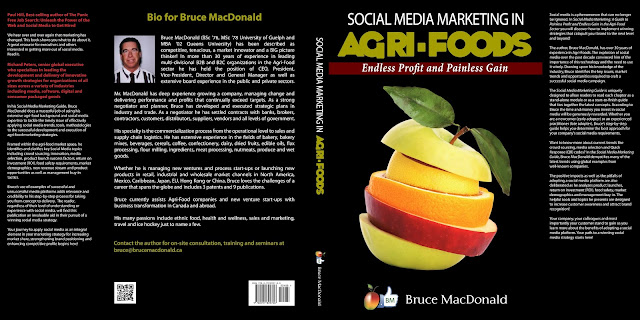How to write a corporate social responsibility policy
It’s never too soon to start thinking about your company’s corporate social responsibility (CSR) program – no matter how new or small your company may be.
CSR programs speak to how a company will not only comply with legal and ethical standards, but also go beyond – perhaps, by engaging in further social and/or environmental good in the local and ultimately global community.
In addition to being a good corporate citizen, having a well thought out and executed CSR program becomes part of your appeal in the business development process. As large brands increasingly aim to do business with companies whose policies mirror their own commitment, your access to their business now or in future could hinge on whether your company has a CSR policy that aligns with theirs.
Here are 10 things to keep in mind for laying the foundation for a successful CSR policy:
1. Determine what makes your company unique. Each company’s culture and skills position it to establish unique ways to support sustainable communities through initiatives that are intrinsic to a company’s brand. This is your company’s opportunity to get local or global or creative or all of the above. Establish what will motivate employees and align the company’s objectives with external stakeholders. Companies might initiate best-in-class policies, champion regulatory or legislative changes, or reinvent a product that changes an industry.
2. Look at the gold standards for guidelines. Adopt an internationally recognized standard with approved criteria and metrics that are independently verified by a certification body. Find one with metrics most relevant to your business so you can establish your baseline performance and goals – perhaps that’s the certification of core source material you use in your business, or your carbon or water footprint, level of waste diversion, and/or your community involvement. Look at the areas that are impacted by your business, the areas that matter to you, and to the stakeholders you want to engage.
3. Engage employees. By engaging your employees in the process of creating, implementing and managing your CSR policy you will foster a sense of ownership in and responsibility for the success of your company’s CSR program while discovering the ways in which core business must adapt its practices to best execute the program.
4. Consider health and safety. Your policies should take into account the health and safety of your employees beyond what is just required by the letter of the law. This doesn’t stop at hard hats or safety glasses, but extends to all facets of how you do business. Ensure that you have the budget and infrastructure for proper equipment, training and support. Healthy and safe work employees are the most productive employees.
5. Draft it. Live it. Breathe it. A CSR program is more than a well-articulated document – it needs to be comprised of executable principles that every member of the organization can put into action. If you’re asking your team to do anything you yourself wouldn’t do, then assume there are others like you on the team and re-evaluate.
6. Brand it. Consider your CSR program not only as part of your overall brand strategy but as having an equally strong and recognizable brand that can stand alone. Could your CSR program be the difference maker between you and your competition? If so, you’ll want to monetize that distinction by branding the program for both customers and employees as you build a sustainable and positive corporate culture.
7. Establish metrics. Identify the benchmarks and metrics that reinforce successful practices in order to show how you’ve moved the needle over time. By actively adhering to reported outcomes you will also demonstrate commitment and align your company with potential stakeholders who respect the effort and the transparency.
8. Treat your program like a course of study and create a curriculum.Build in the training and education that will be needed for current and future employees to learn about the program and how to embody it within their job function.
9. Continuous improvement. Once you’ve determined the program, don’t rest on your laurels. CSR programs have goals – what will you do once you achieve those goals? How will you push farther? Account for continuous improvement strategies that will increase your potential impact every year. Perhaps it’s about higher percentages or certification.
10. Leverage your CSR policy to align with like-minded companies and build trust. Reach out and engage with other companies that share your values through formal networks, associations, conferences and panel discussions. This will help showcase your company’s CSR commitment and allow you to compare notes and take learning back to your team for future strategic planning, positioning and growth.
The sooner you establish your CSR policy, the sooner you can begin demonstrating your company’s commitment to upholding far-reaching and long-term sustainability standards. And with that establish the leadership, trusted relationships and positioning needed for successful future growth.
Ian Lifshitz is North American director of sustainability & stakeholder relations at Asia Pulp and Paper Group (APP), the third largest pulp & paper company in the world.
The book is available on Amazon and Kindle for $4.99 USD. Visit amazon/Kindle to order now:
http://www.amazon.ca/Social-Media-Marketing-Agri-Foods-ebook/dp/B00C42OB3E/ref=sr_1_1?s=digital-text&ie=UTF8&qid=1364756966&sr=1-1
Thanks for taking the time








